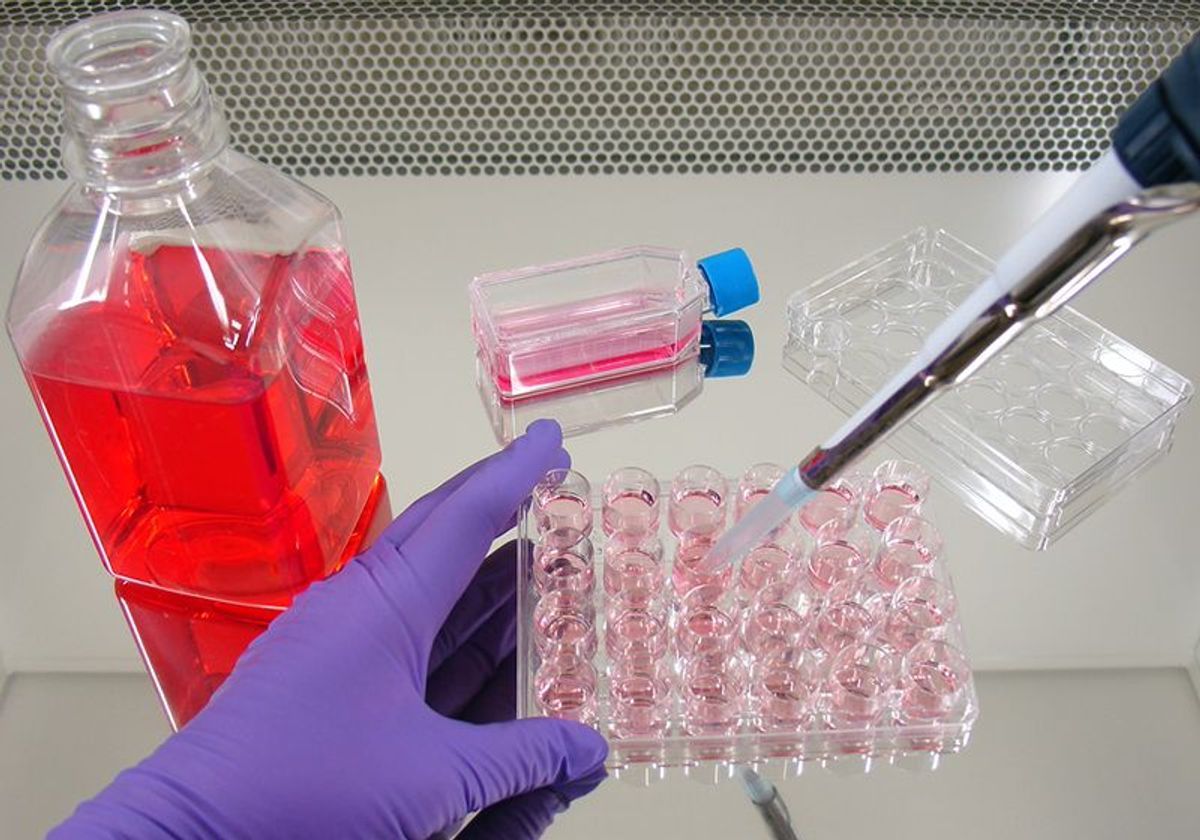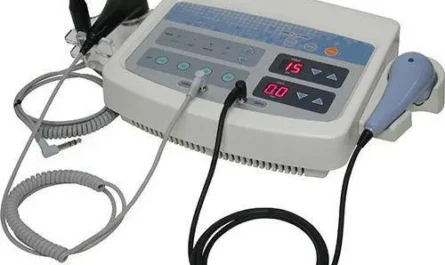Targeted drug delivery aims to concentrate the medication in the cells and tissues of interest while reducing the relative exposure of non-targeted locations in order to minimize potential toxicity. By directly delivering therapeutic agents to pathological sites such as tumors, large doses of drugs can potentially be avoided, lowering unwanted side effects. Drug targeting has evolved into a highly specialized field of pharmaceutical research involving both small molecule drugs and biologics like proteins and genes.
Challenges of Traditional Drug Administration
Conventional drug formulations lack specificity and rely on passive diffusion of drugs throughout the body. This results in drugs accumulating in both diseased and healthy tissues. Many therapeutics are limited by toxicity before achieving therapeutic concentrations at target sites. Non-targeted distribution leads to drug exposure of off-target organs, reducing the maximum tolerated dose and clinical efficacy. Additionally, tissues like tumors pose significant transport barriers due to abnormal vasculature and high interstitial fluid pressure, hindering drug penetration and response rates. Adverse effects and limited performance remain major obstacles in disease management.
Strategies for Targeted Drug Delivery
To improve selectivity and pharmacological outcomes, targeted delivery employs various strategies. Drug encapsulation systems actively transport and protect therapeutic cargo until reaching predetermined locations. Liposomes, polymeric nanoparticles, polymer-drug conjugates, micellar systems, dendrimers and other nanocarriers utilize biological mechanisms to bypass physiological barriers and recognize diseased tissues. Ligand-targeted approaches decorate delivery vehicles with molecules recognizing cell-surface biomarkers specific to pathological conditions. Antibodies, peptides, glycoproteins and small organic ligands bind selectively to receptors upregulated on targeted pathological cells. Additionally, physical methods like temperature, magnetic fields, ultrasound and electric currents can help concentrate and internalize drugs at targeted regions.
Applications in Oncology
Cancer medicines are at the forefront of Targeted Drug Delivery therapy development due to complex biological nature and heterogeneity of tumors. Encapsulated anti-cancer agents actively accumulate and penetrate solid tumors exhibiting abnormal vascular structures. Ligand-mediated delivery achieves receptor-mediated internalization of nanomedicines. Delivery of protein therapeutics, gene-based treatments, small interfering RNA and other biopharmaceuticals depends on nanocarriers to avoid degradation and prolong systemic circulation. Anti-tumor selectivity is enhanced by ligands targeting receptors overexpressed on malignant cells. Doxil, Abraxane and Onivyde utilize nanotechnological approaches for delivery of doxorubicin, paclitaxel and irinotecan respectively. Receptor-targeted conjugates deliver maytansinoids and auristatins to numerous cancers. Beyond cytotoxic agents, immunotherapies and molecularly-targeted drugs are being formulated for local action.
Applications in Central Nervous System Disorders
The central nervous system poses formidable challenges for treatment due to presence of the blood-brain barrier which shields the brain from circulating molecules. Nanoparticle systems engineered with targeting ligands and optimized surface properties are able to cross the endothelial cell tight junctions and accumulate at intended disease sites. Examples include encapsulated gene vectors, antibody-conjugated nanoparticles and engineered exosomes for neurodegenerative conditions like Alzheimer’s and Parkinson’s diseases. Nanomedicines are also explored for ischemic stroke, traumatic brain injury, brain tumors and infections. Targeted strategies allow controlled yet improved delivery of therapeutic payloads across the blood-brain barrier into the CNS.
Other Disease Applications
Beyond oncology and neurology, targeted strategies are making inroads into conditions affecting various other organs. Receptor-targeted liposomes deliver antibiotics for bacterial infections. Ligand-mediated therapeutic nanoparticles concentrate at sites of cardiovascular disease, rheumatoid arthritis, ocular disorders, pulmonary illnesses and more. Early successes raise optimism for improvement of site-specific accumulation in tissues like the liver, lungs, spleen and kidneys. Advancements promise personalized formulations for diverse indications with enhanced safety and more effective clinical management of pathological disorders.
Prospects and Challenges
Given the enormous potential, targeted drug delivery is projected to significantly transform disease therapeutics in the coming decades. Molecularly-precise strategies may boost response rates while reducing dosage and nonspecific toxicities. Personalized formulations tailored for individual patients could maximize outcomes. Combinatorial approaches pairing targeted delivery with advanced therapeutic modalities such as cell and gene therapies are areas of active research. However, numerous technical and regulatory challenges must still be addressed including in vivo tracking, long-term safety, clinical reproducibility, cost considerations and regulatory approval pathways before full realization of the field’s promise. With continuous progress, targeted systems have great promise to deliver more effective medicines to those who need them.
Note:
1. Source: Coherent Market Insights, Public sources, Desk research
2. We have leveraged AI tools to mine information and compile it



